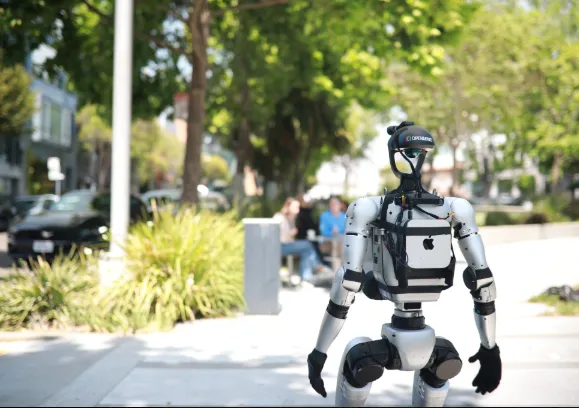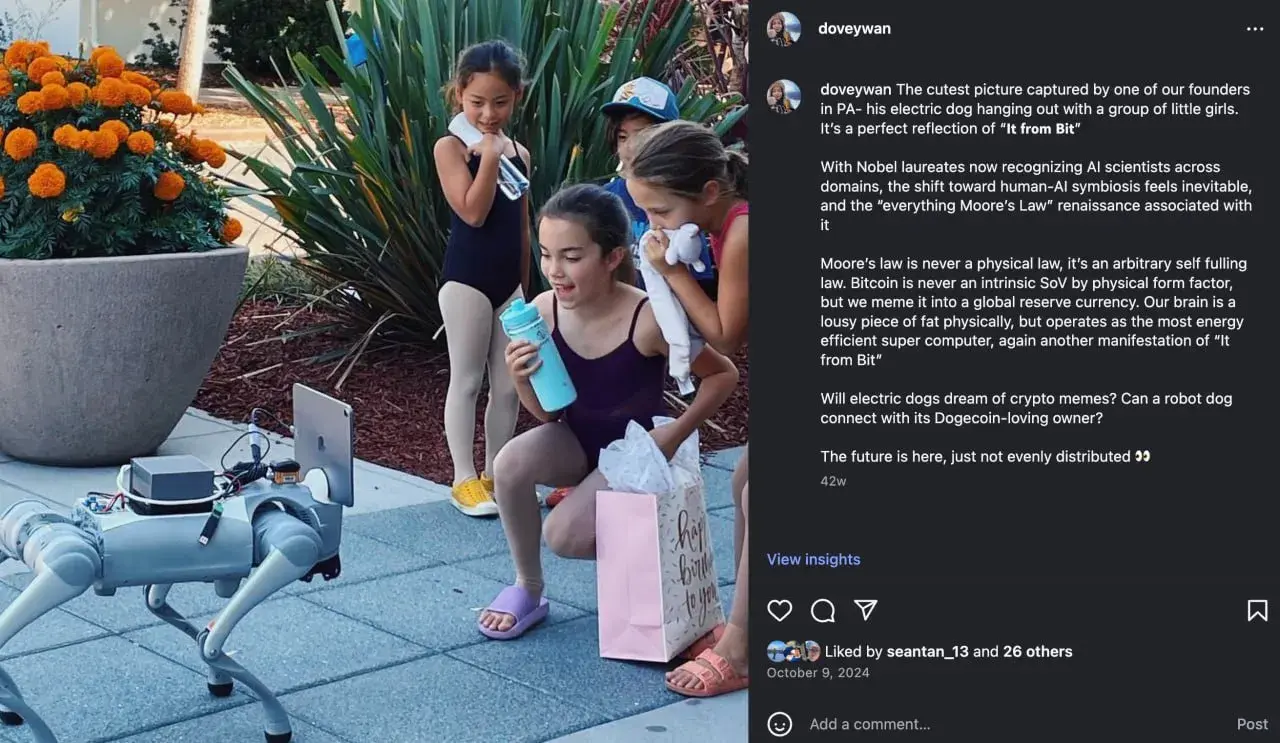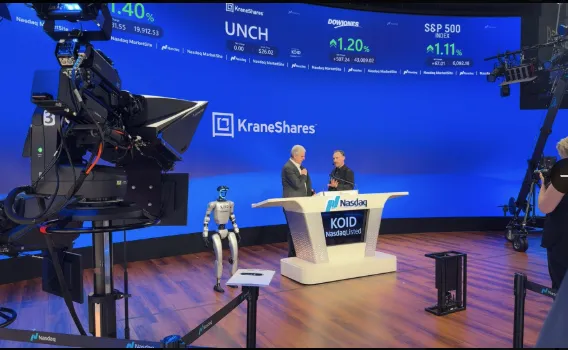Author: Tony (@0xtony0x), Investor at Primitive Ventures
Contributors: Dovey (@DoveyWan), Founder of Primitive Ventures
The Tension of Currency: The Intersection of Three Paradigms
Currency is humanity's most profound civilizational invention. It is not merely a medium of exchange but an abstract carrier of order. When I pay someone to clean a room, I am essentially transferring my own entropy to the other party, while currency acts as an ordered intermediary, transforming disorder into order. At a macro level, currency is a giant distributed database, an order mechanism invented by humanity to solve the most fundamental resource allocation problems of civilization.
The greatness of Bitcoin lies in the fact that it is not only a peer-to-peer currency but also a peer-to-peer energy and computing power distribution system, making global energy arbitrage possible:
- Directing computing power to the cheapest energy sources;
- Arbitraging electricity costs on a global scale;
- Transforming dispersed energy into an ordered ledger solidified through PoW.
In the future, we believe that the vast majority of economic activities will be carried out through interactions between machines and between machines and humans. In this generation of intelligent machine economies, the form of currency will be more diverse and fluid, but the second law of thermodynamics for currency will always hold: the protocol that can coordinate machines with minimal entropy increase will become the currency order of the future.
Today, we stand at the intersection of three technological curves:
- Artificial Intelligence Large Language Models empowering machines with cognition
- Robotic Hardware significantly reducing costs under the positive externalities of the consumer electronics and electric vehicle supply chains
- Cryptographic Networks providing instant, borderless, trustless, and intermediary-free value settlement platforms
Under the combined force of these three paradigm shifts, the next generation trillion-dollar intelligent machine economy opportunity is quietly unfolding, much like the early days of Bitcoin.
From Open Networks to Open Machines
OM1 and FABRIC — Providing consensus, execution, and settlement for the machine economy.
In the context of cryptocurrency, OpenMind is building the open-source execution and settlement layers for the machine economy, operating on a brand new consensus layer:
- Consensus Layer → Shared World State of Machines
- A globally agreed "world state": who is where, what is happening, and what resources are available.
- OM1's natural language data bus and integrated sensor streams generate logical states.
- FABRIC provides cryptographic proofs for location, task execution, etc., forming verifiable records.
- Execution Layer → OM1 Cognitive Stack
- Similar to how Android and iOS are operating systems for phones, OM1 is a modular, open-source robotic operating system that transforms inputs into actions.
- AI models are responsible for understanding perceptions, planning tasks, and low-latency control, just as smart contracts execute business logic.
- Settlement Layer → The Endgame and Payments of FABRIC
- Verifying task completion, recording proofs, and settling through stablecoins.
- Updating the shared world state to keep all agents aligned with the same reality.
In other words, OM1 is the pluggable brain of robots, and FABRIC is their public wallet and identity. They will coalesce fragmented machine groups into a permissionless, composable global workforce:
- Composability: Like DeFi protocols, OM1 allows sensors, actuators, and AI modules to interoperate across platforms;
- Permissionless Access: Anyone can deploy robotic applications without OEM gatekeeping;
- Global Distribution: Like Bitcoin nodes, robots running OM1/FABRIC can collaborate globally without barriers;
- Interoperability Layer: OM1 and FABRIC will connect robots of different models and capabilities into a unified network.
Open source is sovereignty. An open-source intelligent machine network can transcend geopolitical divides, becoming a super-sovereign layer of the global robotic supply chain. Just as open-source blockchain defeated closed financial networks, open-source models (like DeepSeek) are challenging closed foundational models, and the open-source robotic stack will also prevail, as the compounding speed of open source far exceeds any closed moat's defenses, as Liang Wenfeng said:
"In the face of disruptive technology, closed moats are only temporary. Even if OpenAI remains closed source, it cannot prevent others from surpassing it. Therefore, we accumulate value within the team; colleagues accumulate knowledge through growth, forming an organization and culture, which is our moat."
— Liang Wenfeng, Founder of DeepSeek

The first humanoid robot built on the Openmind Fabric Network
Machine Economy: A New Tradable System
Just as currency has historically been an order for resource allocation, the OpenMind network will become the resource coordination protocol for the machine economy:
- M2M (Machine to Machine): Transactions between robots are essentially resource allocation events, where they will bid and settle on electricity, payloads, sensor access, materials, storage, and even spectrum bandwidth.
- M2H (Machine to Human): Machines, as economic entities, will also transact directly with humans. For example, robots paying port fees or settling delivery contracts with human operators.
- Stablecoins: Serving as the ultimate settlement layer for M2M and M2H.
In the AI era, what is consumed is not just computing cycles but the electricity, fuel, and goods that robots process in reality. Coordinating the flow of these energies and materials requires a neutral global arbitrage layer, just as Bitcoin does for energy and computing power distribution.

OpenMind’s robotic dog interacting with humans, photographed in Palo Alto
Why We Bet Early
Our story with OpenMind began in late 2023. At a meeting on the Stanford campus, founder Jan Liphardt (Stanford Bioengineering Professor) shared a vision that seemed almost science fiction: blockchain will become the currency order layer for machine-native agents.
It sounds like science fiction, but we both see a future where blockchain will serve as the underlying infrastructure for machine-to-machine and machine-to-human activities, where exchanges can be securely verified and settled frictionlessly.
In our view, the super-sovereign open-source intelligent machine protocol overlaps with several theses of Primitive Ventures:
- Programmable currency layered over programmable robots
- The combination of open-source software and global hardware supply chains
- A borderless cryptographic network bypassing geopolitical friction, allowing global hardware and open-source software to coordinate through programmable currency and machines, forming optimal resource allocation and arbitrage layers
Founder Fit: A Combination of Culture and Strategy
We chose to invest when OpenMind had only two people and a PowerPoint presentation. This is not a passive check but a civilizational bet on a sovereign robotic network. Driven by the "Great Beautiful Act," automation and trusted ally supply chains are becoming trends. OpenMind's open-source, sovereign stack turns these constraints into advantages: enabling developers to source globally, verify origins on-chain, and coordinate economic activities across borders.
To build a global sovereign machine network, founders must navigate cultural and geopolitical complexities. Jan is such a rare candidate: a polymath from France, raised in post-Cold War Europe, fluent in German, and conducting research at Stanford. Cultural fluency combined with a technical background is the best fit for building an intelligent sovereign machine network.

Jan presenting Openmind on the main stage at ETH Denver
Current Ecosystem Status
Today, OpenMind is building the world's first sovereign machine economy stack for intelligent machines and humans:
- Robotic Companies
- Robostore (Unitree's main distributor in the U.S.) has incorporated OM1 + FABRIC into its robotics curriculum, covering over 3,400 colleges and high schools.
- Unitree and Deep Robotics are offering OpenMind as a technical solution to distributors and have authorized official product videos for FABRIC applications for crowdsourced evaluation; OpenMind is also the official distributor for both companies.
- Academic Collaborations
- Currently piloting and collaborating with Stanford Robotics Center, Berkeley Robotics Lab, Oxford Robotics Institute, National University of Singapore, and Seoul University.
- User Adoption
- Pi Network (with over 50 million users, one of the largest crypto platforms globally) is collaborating with OpenMind to promote crowdsourced robotic software.
If you are building the OpenMind ecosystem, we welcome you to contact us!

OpenMind's humanoid robot debuts on Nasdaq, witnessing the official launch of the world's first "Humanoid and Embodied Intelligence ETF" alongside KraneShares.
免责声明:本文章仅代表作者个人观点,不代表本平台的立场和观点。本文章仅供信息分享,不构成对任何人的任何投资建议。用户与作者之间的任何争议,与本平台无关。如网页中刊载的文章或图片涉及侵权,请提供相关的权利证明和身份证明发送邮件到support@aicoin.com,本平台相关工作人员将会进行核查。




